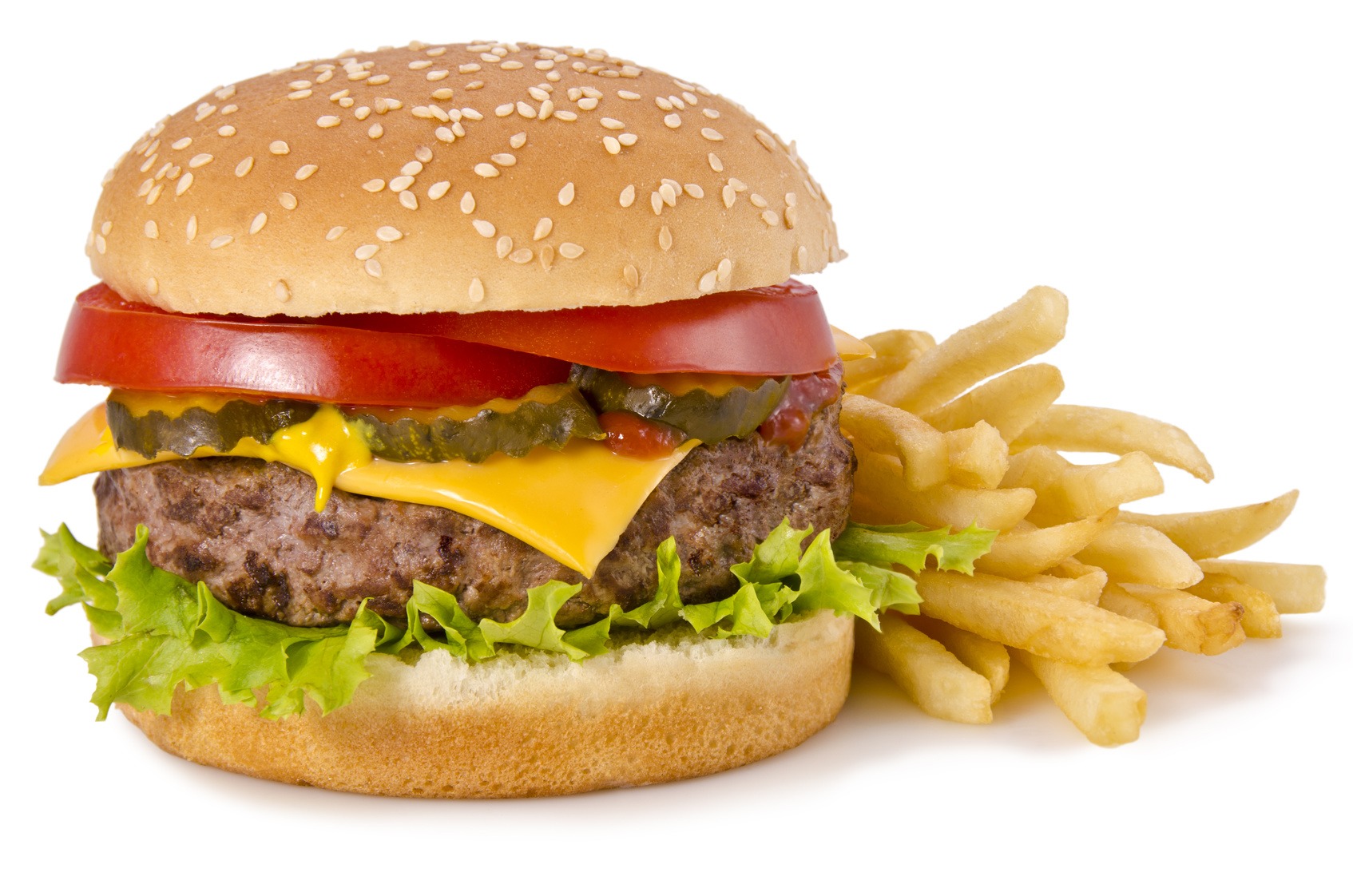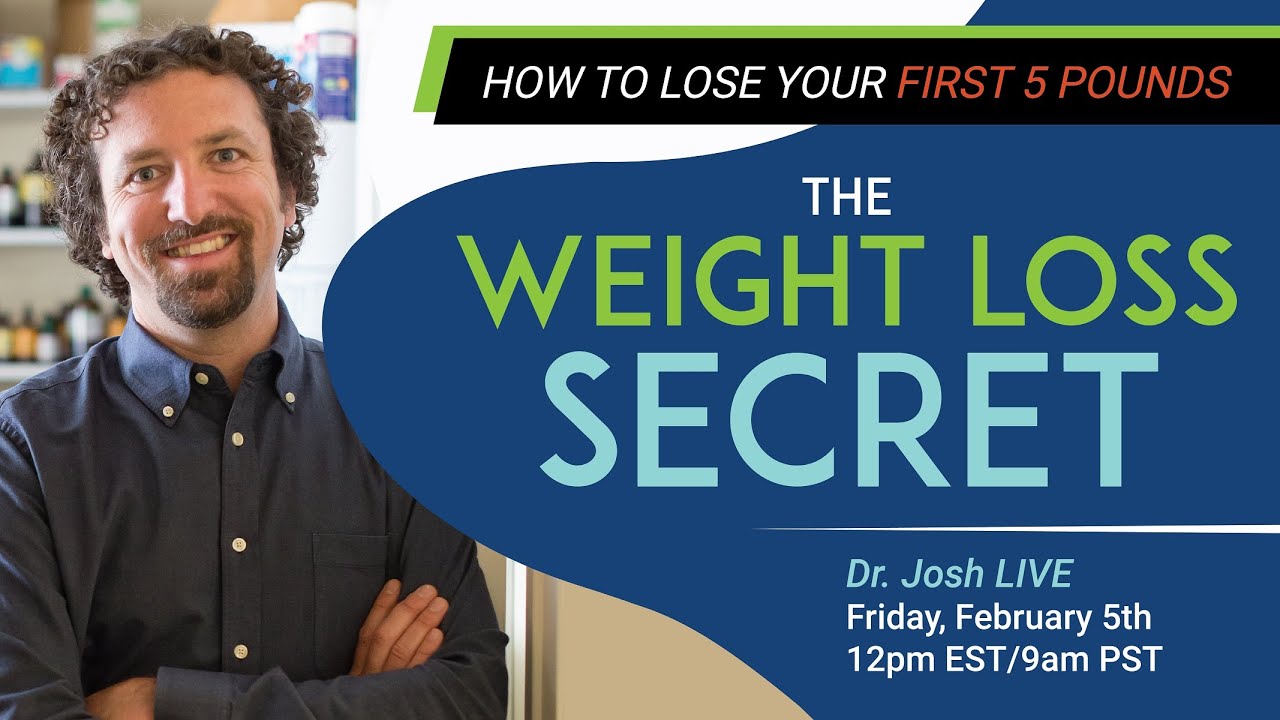If you tried to name one word that has spent the most time on headlines and alternative news articles in the last few years, inflammation would probably be at the top of the list. Unfortunately, there is a lot of misinformation surrounding inflammation, and it is often portrayed as a villain in the media. While this is mostly correct, there is another side to inflammation that isn’t always as publicized. Hint: it is sometimes a good thing. It’s time to shed some light on this tricky word and reveal the truth about inflammation once and for all.
What exactly is inflammation?
Inflammation is a critical part of the immune system that helps the body respond appropriately to injury and illness. This, however, is an incredibly simple definition that doesn’t fully expound on the intricate ins and outs of inflammation.
Dr. Andrew Luster, of the Center for Immunology and Inflammatory Diseases at Harvard-affiliated Massachusetts General Hospital, offers “It’s a smoldering process that injures your tissues, joints, and blood vessels, and you often do not notice it until significant damage is done.” In other words, it is like an invisible, unseen fire smoldering under your skin. Helpful for keeping you alive and helping your body heal, but dangerous if it sticks around for too long. The key is supporting your body and keeping inflammation in check so that it helps and doesn’t harm.
The two types of inflammation
Acute inflammation
Acute inflammation is what happens when you experience an injury such as a sprained ankle, broken bone, or sliced finger. According to the National Library of Medicine, acute inflammation includes redness, swelling, heat, and sometimes pain and loss of function. It is a temporary response with localized effects that do not spread throughout your body.
When you are injured, your blood vessels dilate, blood flow increases, and your white blood cells swarm the injured area to promote healing. This inflammation causes the injury to swell, and it will usually turn red. Your body releases chemicals known as cytokines to target the damaged tissue and usher in immune cells, nutrients, and critical hormones for repairing the injury. Another component of inflammation is hormone-like substances known as prostaglandins, which also contribute to the healing process by creating blood clots, triggering pain, and often inducing fever. As your body automatically goes through these processes, the inflammation should dissipate and return to normal levels.
Chronic inflammation
Chronic inflammation, on the other hand, is a severe problem. With this type of inflammation, white blood cells flood the body, never dissipate, and attack nearby healthy tissues and organs. This can happen if the injury never heals, you are sensitive to a particular food group, you have an autoimmune disorder, or are exposed long-term to a certain toxin or chemical. Those who are unhealthy or overweight are at particular risk for chronic inflammation. Inflammation like this can last for weeks, months, or years and lead to certain cancers, rheumatoid arthritis, atherosclerosis, periodontitis, Altzheimer’s, and hay fever.
How to avoid chronic inflammation
The best way to avoid chronic inflammation entirely is through a well-balanced, nutritious diet loaded with inflammation-busting foods. It is also essential to cut out foods that contribute to inflammation, such as sugary, processed, packaged food, and unhealthy drinks such as soda and juice. If you notice an inflammatory response when you eat things such as wheat or dairy, simply eliminate them from your diet, and you’ll see a marked improvement.
According to Harvard Health, these foods are excellent for fighting inflammation:
- tomatoes
- olive oil
- green leafy vegetables, such as spinach, kale, and collards
- nuts like almonds and walnuts
- fatty fish like salmon, mackerel, tuna, and sardines
- fruits such as strawberries, blueberries, cherries, and oranges
There is also some evidence to suggest that herbs such as hyssop, turmeric, ginger, and cannabis, may be as effective as NSAIDs (non-steroidal anti-inflammatory drugs) in helping to reduce pain and swelling associated with inflammation.
Remember, it isn’t just inflammation you are fighting against. When you incorporate healthy, anti-inflammatory foods into your diet and cut out known sources of inflammation, you are also reducing your chances of developing chronic disease. Plus, a whole foods diet with limited processed ingredients will increase your overall quality of life, help shrink your waistline, and improve your mood.
Stress is also a known contributor to chronic inflammation, so eliminate stressors from your life, focus on mediation, or whatever else helps keep you calm, and relax! Your body will thank you.
Do you have any other questions about inflammation? Let us know in the comments below.
-The UpWellness Team









